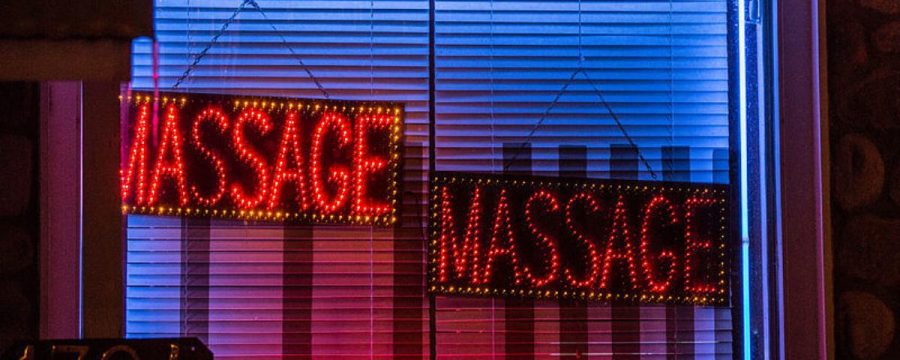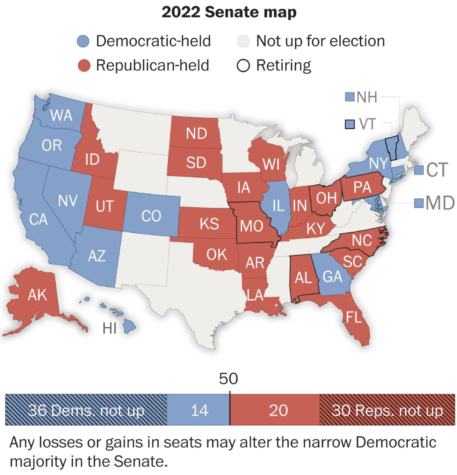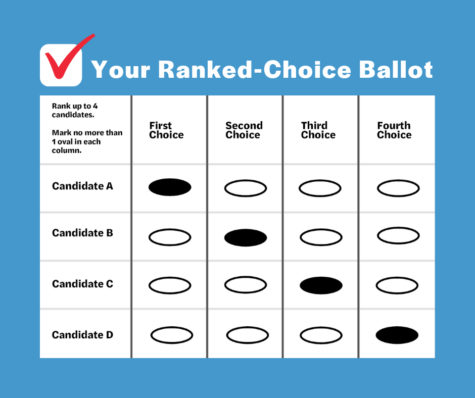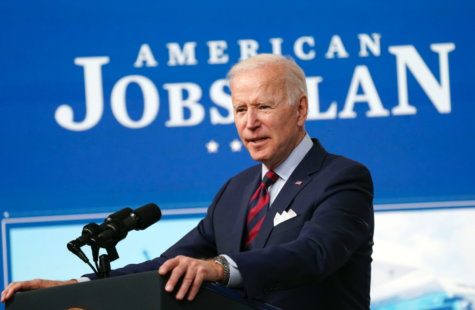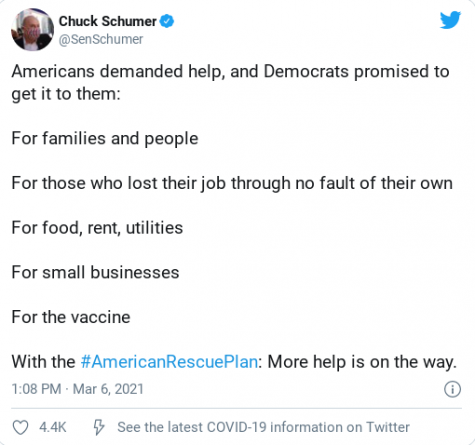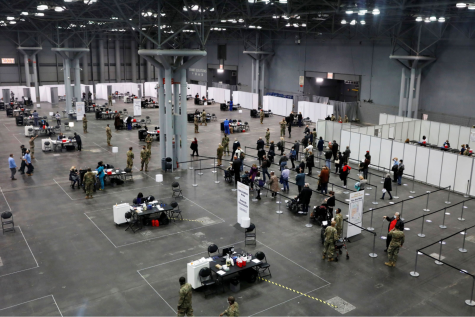A Hidden Epidemic: Human Trafficking
On February 7th, the Breakfast Club sat down with Laura Edidin, Chief of Human Trafficking at the Brooklyn District Attorney’s Office, to speak of the often hidden epidemic that is human trafficking in New York City.
Although slavery was outlawed in 1865 in the United States of America under the thirteenth amendment, human trafficking (and the prison industrial complex) still exists. Human trafficking is the use of force, fraud, or coercion to force an individual to work or perform commercial labor or sex acts with no autonomy. It is the second largest criminal industry with revenues up to 150 billion dollars yearly (Edidin). Human trafficking is a global epidemic with 20-30 million victims of labor and sex trafficking worldwide. About 80% of human trafficking victims are victims of sex trafficking where 98% of the victims are female and 2% are male and 20% of human trafficking victims are victims of labor trafficking where 60% of the victims of male and 40% of the victims are female. The most common industries for those who are victims of labor trafficking are construction, the restaurant business, domestic work, and beauty. According to Edidin, there are no part of the world is impenetrable from it and New York is rampant with cases of it. In fact, Edidin estimates that in every single hotel in New York there has been an instance of sex trafficking.
Edidin distinguished the two most common types of human traffickers which are commercial traffickers, which is when an exploiter promises a victim great opportunities and pay, but then fails to deliver these and traps the person in the situation, and “Romeo” traffickers where a victim is wooed into a situation where they are forced to do things out of their love or commitment to the exploiter.
Human traffickers are incredibly adept at spotting vulnerabilities and exploiting those vulnerabilities, especially since most of the traffickers exploit people in their own communities. People who are “overstays” (those who have overstayed their visa) are particularly vulnerable due to the fact that they may be threatened with deportation. Other vulnerable communities include those with economic hardship and those in poverty (due to the fact that any opportunity to get money is necessary to take),those with a history of trauma, sexual assault, domestic violence, war or conflict, and/or social discrimination by race, age, ability, gender, sexual orientation, etc, people with lack of support network or safety, those with a lack of English skills, and those prior negative experience with government or law enforcement.
Edidin also talked about how traffickers might exploit people using cultural norms, giving the example of Chinese women in Chinese massage parlors where shame, familial duty, and guilt is a major cultural tactic that exploiters use to keep women in these massage parlors where they are often given less than a living wage and are in terrible conditions. Victims of human trafficking are also often intimidated by the law enforcement due to fear of deportation, even though NYC law enforcement has a duty to handle your case regardless of your legal status.
The majority of victims of human trafficking do not report, but those who do report are immediately received with adequate housing and clothing. The legal process is very daunting and often frightening, but all victims who do not have US citizenship are entitled to a U Visa or a T visa which applies to immigrants who have experienced a crime. They are then enrolled in programs that teach them valuable and marketable skills, like Microsoft Office.
It is important to remember that everyone, regardless of any status, is deserving of a quality life. If you suspect human trafficking please call:888 373 7888

